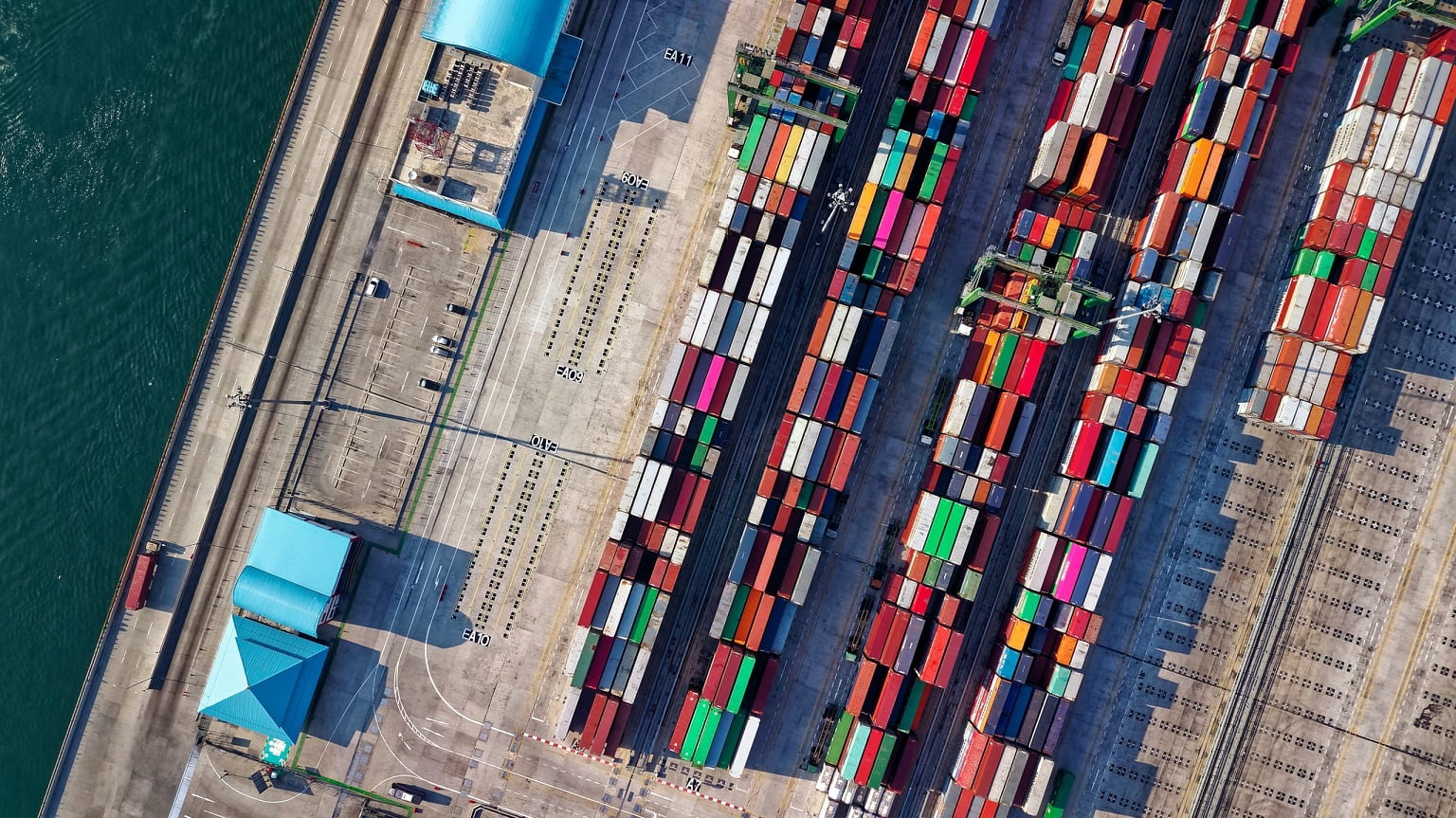This use case was initiated in collaboration with the Data Sharing Coalition, one of the founding partners of the CoE-DSC.
In international trade, large amounts of information need to be communicated between relevant parties in the process of moving goods within and across borders. Currently, these large amounts of information are primarily made available via paper-based trade documentation with unstructured data. This leads to inefficient processes with an administrative burden for the organisations involved in order to be able to use this information for data-driven applications. These inefficiencies can be avoided by using the e-CMR; a digital version of a standardised trade document required in transportation of cargo across borders by road. The structured and machine-readable freight transport data in the e-CMR provides an opportunity to create new value when shared in a generic and controlled way with organisations in other domains.
Matching developments in the logistics and insurance domain
In the logistics domain, the sharing of structured and machine-readable freight transport data from the e-CMR enables organisations to share trade documentation in one click without the administrative burden of paper-based documents. Adoption of the e-CMR is expected to increase in coming years due to recently passed European regulation for the use of electronic freight transport information (eFTI). This regulation makes the acceptance of e-CMRs mandatory for national public authorities (e.g. customs, supervisory authorities) of European member states by the end of 2025. Together with an increased need for contactless and paperless transport due to the COVID-19 pandemic, use of the e-CMR is becoming increasingly interesting for organisations in the logistics domain.
In the insurance domain, the impact of digitalisation and new technologies are changing the insurance market and its current business models. Availability of structured and machine-readable freight transport data will enable improved risk management for insurers, allowing for new data-driven applications for operational efficiency. Insurers can pioneer the use of structured machine-readable freight transport data from the e-CMR outside of the logistics domain and differentiate themselves with these new data-driven applications.
In the Data Sharing Coalition, participants iSHARE and Verbond van Verzekeraars agreed that there is a common interest for the logistics and insurance domains to explore the sharing of freight transport data in a generic and controlled way. iSHARE is a scheme that enables organisations in the logistics domain to share data in a uniform, simple, and controlled way, and Verbond van Verzekeraars is an industry association representing more than 95 percent of life and non-life insurers in the Netherlands. Together with other stakeholders in the logistics and insurance domains, iSHARE and Verbond van Verzekeraars started to further explore the use case of “Sharing freight transport data with insurers to enable improved processes and risk management”.
Enabling new products and services by sharing freight transport data
In this use case, structured and machine-readable freight transport data from e-CMRs is made available by logistics organisations for the insurer that covers their cargo whilst keeping the data under control of the entitled party. An authorisation register maintained by a neutral party is used in interactions to keep track of authorisations for access to specific data points of the e-CMR. In their interactions, parties in the use case can adhere to the iSHARE uniform set of agreements to add additional value; iSHARE adds an increased assurance of data authenticity and data control by its rightful owner as data will only be shared with trusted parties that can provide evidence of access rights to specific data points. By doing so, freight transport data is opened up to insurers in a controlled way for them to develop efficiencies, new products, and new services.
Exploring cross-domain data sharing to retrieve insights for generic data sharing agreements
Data from one domain is opened up to organisations in another domain in a controlled and generic way; the use case opens up freight transport data, which is data that is usually only made available on request in an unstructured form. The use case not only brings business value for both domains and its involved stakeholders, but also provides important insights for the Data Sharing Coalition and its development of generic agreements for data sharing.
In order to realise the use case, common agreements need to be made about the identification and authentication process for legal entities in the data transaction, the authorisation of insurers as third parties via an authorisation registry, and the structure of data requests and responses via the use of a common taxonomy. Insights gained during the development of these common agreements will be documented and incorporated in a comprehensive document that serves to build a foundation for generic, cross-domain agreements for data sharing.
Collaboration of stakeholders and the Data Sharing Coalition within the use case
Frequent workshops are held with iSHARE, Verbond van Verzekeraars, the Data Sharing Coalition, and other involved stakeholders to collaborate towards design and realisation of the use case. The use case will facilitate many-to-many interactions of sharing freight transport data from e-CMRs with one another in a generic way for all organisations in both domains. The aim of the use case is to provide a solid foundation for the sharing of freight transport data between logistics organisations and insurers, after which the use case can scale-up within both domains and expand to also include domains other than the insurance domain. Currently, the Data Sharing Coalition invites insurers that are convinced of the value of this use case to participate in this use case. Subsequently, we create and implement agreements for data sharing to ultimately launch a live pilot of this use case.
Findings of this use case
Do you want to learn more about the use case design, insights on the context of the use case and insights on how the use case can be implemented in a scalable way to other use cases with similar roles? Please download our report which includes our most important findings so far.
Do you want to know more about this use case? Or do you have an interesting idea to define and realise new cross-sectoral use cases of data sharing? Please send us an email at info@coe-dsc.nl.




